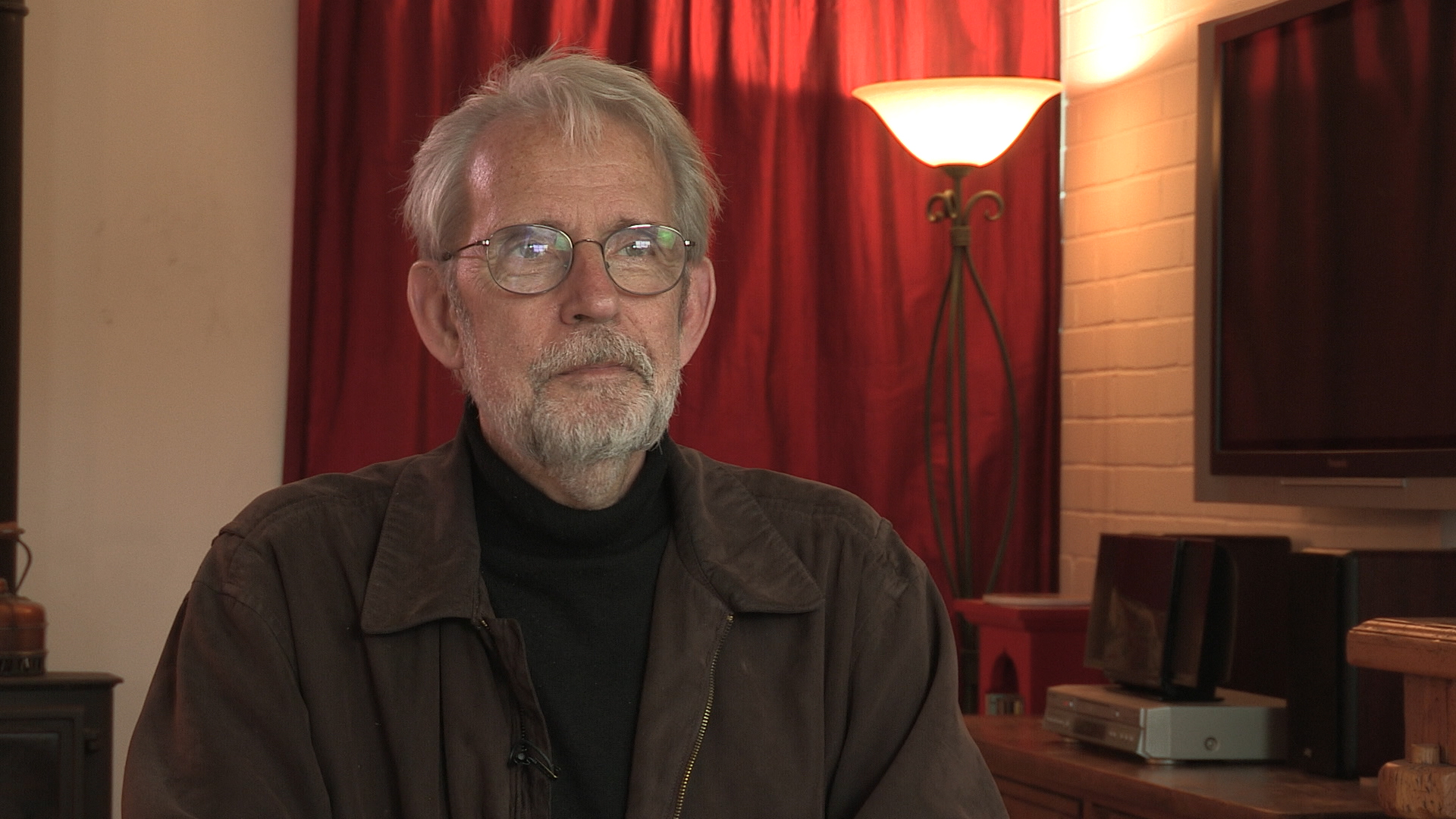NEXT STORY

Brave new world of film-making
RELATED STORIES

NEXT STORY

Brave new world of film-making
RELATED STORIES


|
Views | Duration | |
|---|---|---|---|
| 271. The Three Fathers of Film: Thomas Edison | 30 | 01:27 | |
| 272. My editing room feels like a butterfly factory | 28 | 04:41 | |
| 273. A sweet spot before teenage years that can determine your life | 29 | 04:26 | |
| 274. Why do people make films? | 31 | 02:44 | |
| 275. The role of emotion in the nature | 51 | 06:02 | |
| 276. MacLean's concept of the triune brain: logic, instinct, emotion | 72 | 01:37 | |
| 277. Film as an art based on myths | 30 | 04:14 | |
| 278. Film – medium with the biggest potential | 28 | 04:17 | |
| 279. Framing a face on film | 34 | 03:09 | |
| 280. Brave new world of film-making | 27 | 03:59 |


My head is a certain distance from the top of the frame here, I don't know what it is. I believe that this is sort of the bottom of the frame. But if you gave a picture to 100 different cameramen and, I think, 100 different people in the street who were not cameramen, 92.5% of the people would adjust the frame so that there was a pleasing, whatever that means, distance between the top of the head and the top of the frame. Because if this camera were to give me more space above my head, I would look silly. And you see this in newspapers: if you want to make a politician in an image look small, they recompose the frame so that the person's head is down at the bottom of the frame, and there's lots of empty space. On the other hand, if you want to make somebody look overbearing, then you lower the frame line so that there is less space, then they sort of dominate the frame. But my point is that there is a sort of instinctual idea of where the top of the head... really where the eyes are relative to the top of the frame and that people respond to this instinctively, in the same way that when you put on a hat, you adjust the brim of the hat to be a pleasing place, let's say a more neutral place. When I go out into the street wearing a hat, which I don't, but if I were, I not only am wearing a hat, but I am expressing an attitude of who I am. And if I take the hat and push it back on my head, I have a kind of... I'm telling people, there's a certain attitude that goes along with that. If I cram the hat down on the head then that says something else, if I tilt the hat to the side or if I turn the hat around like a baseball cap, I'm saying something else. And how we choose to frame the image is essentially putting on the hat of the frame on the person and by adjusting this one way or another we can express an attitude of the camera, which is to say the film-maker towards this person, we're forcing people to have an attitude towards this person by how we adjust the frame.
Born in 1943 in New York City, Murch graduated from the University of Southern California's School of Cinema-Television. His career stretches back to 1969 and includes work on Apocalypse Now, The Godfather I, II, and III, American Graffiti, The Conversation, and The English Patient. He has been referred to as 'the most respected film editor and sound designer in modern cinema.' In a career that spans over 40 years, Murch is perhaps best known for his collaborations with Francis Ford Coppola, beginning in 1969 with The Rain People. After working with George Lucas on THX 1138 (1971), which he co-wrote, and American Graffiti (1973), Murch returned to Coppola in 1974 for The Conversation, resulting in his first Academy Award nomination. Murch's pioneering achievements were acknowledged by Coppola in his follow-up film, the 1979 Palme d'Or winner Apocalypse Now, for which Murch was granted, in what is seen as a film-history first, the screen credit 'Sound Designer.' Murch has been nominated for nine Academy Awards and has won three, for best sound on Apocalypse Now (for which he and his collaborators devised the now-standard 5.1 sound format), and achieving an unprecedented double when he won both Best Film Editing and Best Sound for his work on The English Patient. Murch’s contributions to film reconstruction include 2001's Apocalypse Now: Redux and the 1998 re-edit of Orson Welles's Touch of Evil. He is also the director and co-writer of Return to Oz (1985). In 1995, Murch published a book on film editing, In the Blink of an Eye: A Perspective on Film Editing, in which he urges editors to prioritise emotion.
Title: Framing a face on film
Listeners: Christopher Sykes
Christopher Sykes is an independent documentary producer who has made a number of films about science and scientists for BBC TV, Channel Four, and PBS.
Tags: frame, cameraman, head, image
Duration: 3 minutes, 9 seconds
Date story recorded: April 2016
Date story went live: 29 March 2017